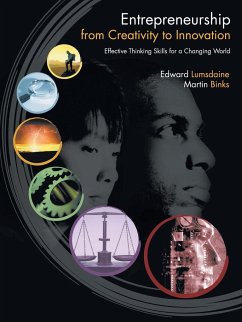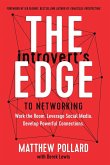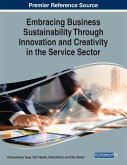Entrepreneurship from Creativity to Innovation is a unique guide for students, potential entrepreneurs and inventors, business managers, team leaders, or anyone seeking to become a more successful problem solver and innovator. It focuses on the thinking and problem solving skills needed to succeed in our rapidly changing, high-tech world. Entrepreneurial thinking will enable you to cope with uncertainty and behave with greater flexibility in your professional and personal life -- these skills are for everyone! Learning is reinforced through application to communication, teamwork, and entrepreneurship, which in turn will enhance your understanding of innovation -- a valuable skill sought by employers who recognize the ability to innovate as a key for remaining competitive in the global marketplace. Also, at a time when traditional jobs are disappearing, you will be more likely to recognize and profit from new opportunities. Part One of this book presents a holistic view of entrepreneurship and its links to creativity and innovation. You will be introduced to the Herrmann thinking styles model, the creative problem solving model and the Pugh method for developing optimized solutions. In Part Two, you will learn to apply these thinking tools to the product development process, from finding a consumer need and then synthesizing creative ideas down to a "best" concept or solution which can be protected with a patent. Part Three shows how you can apply these tools to business development -- it also provides an overview of resources that are available to entrepreneurs for business startup. Part Four discusses leadership and management strategies for a startup enterprise. It presents the four crucial pillars needed to sustain organizational innovation for growth and profitability: development of everyone's thinking skills; their application by cross-functional teams at the project level; their integration at the organizational level by management; with open communication linking everyone in the enterprise.
Hinweis: Dieser Artikel kann nur an eine deutsche Lieferadresse ausgeliefert werden.
Hinweis: Dieser Artikel kann nur an eine deutsche Lieferadresse ausgeliefert werden.








